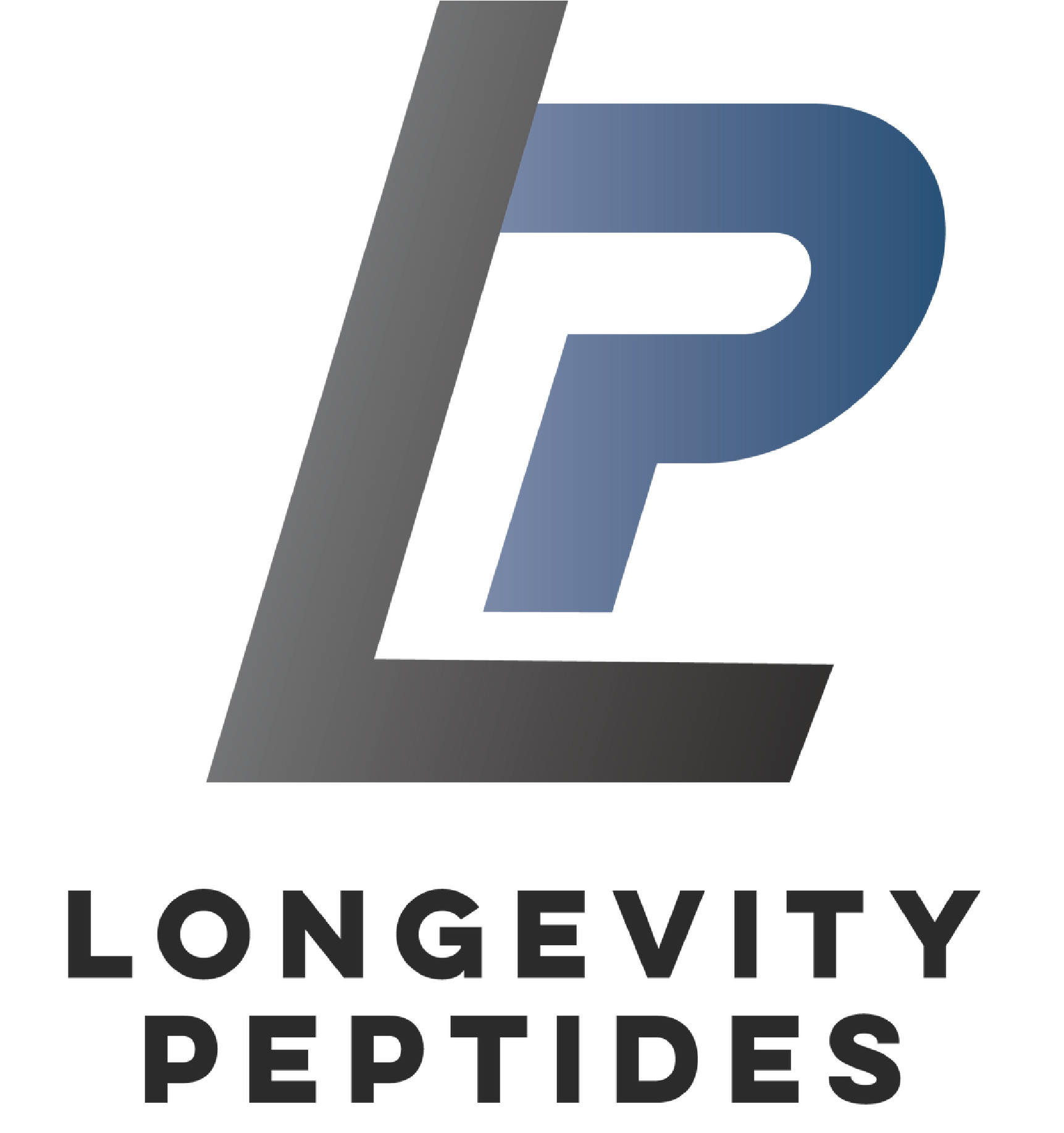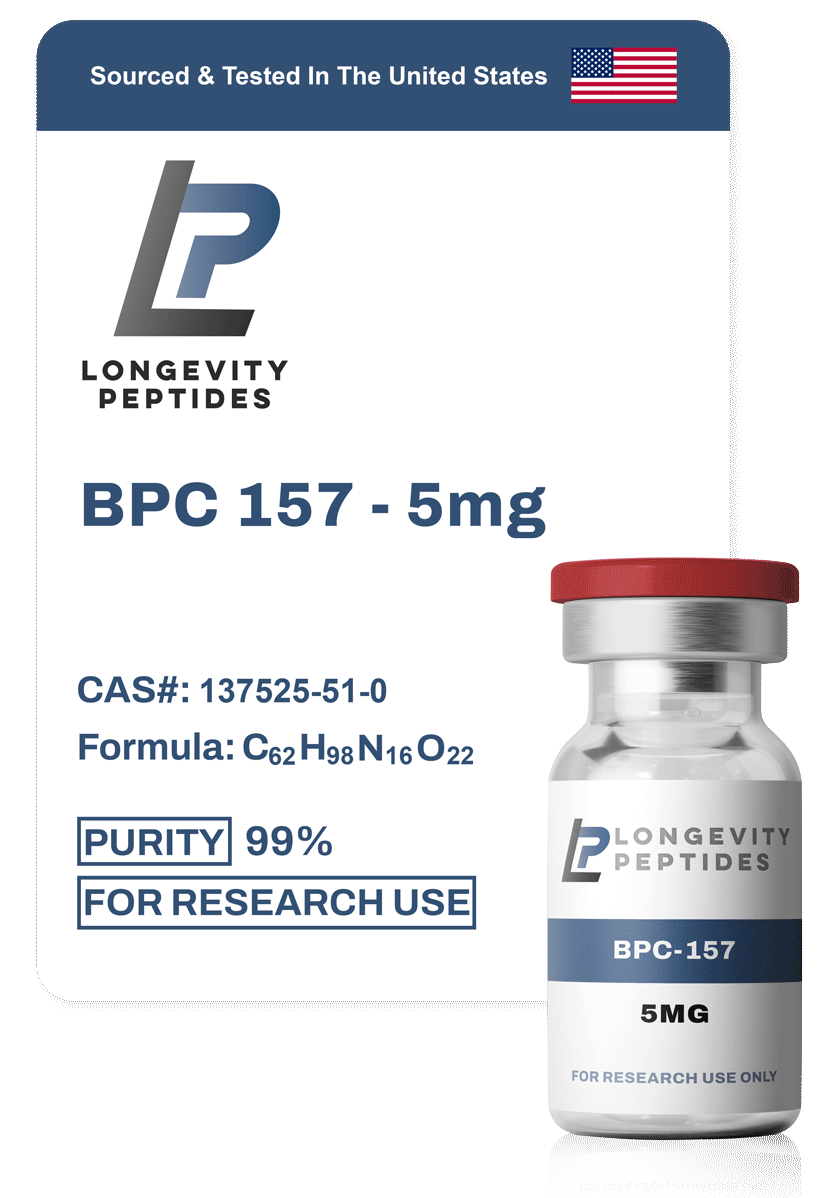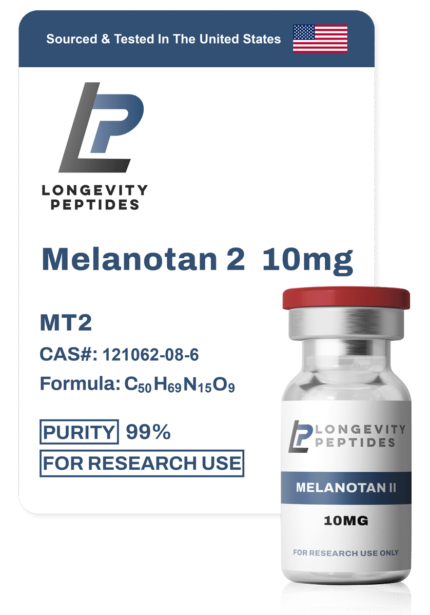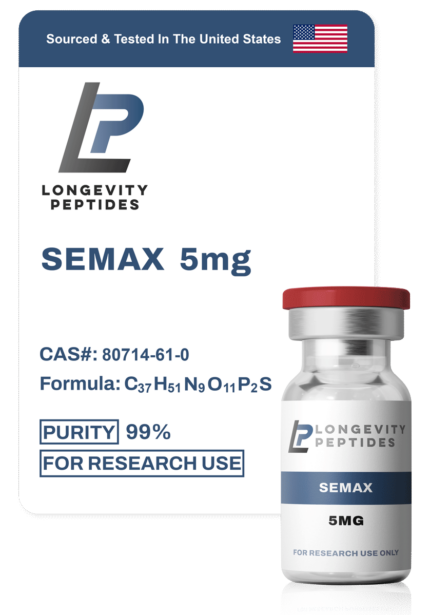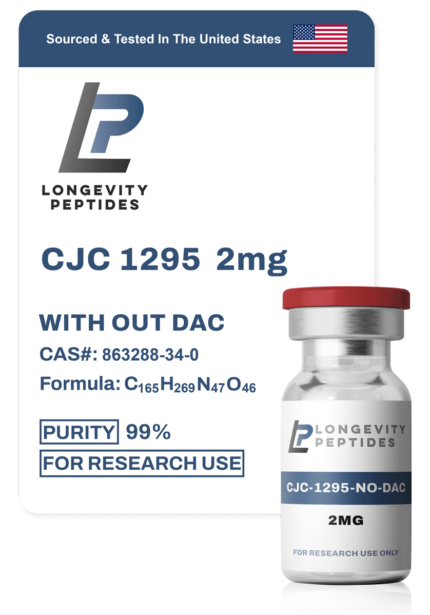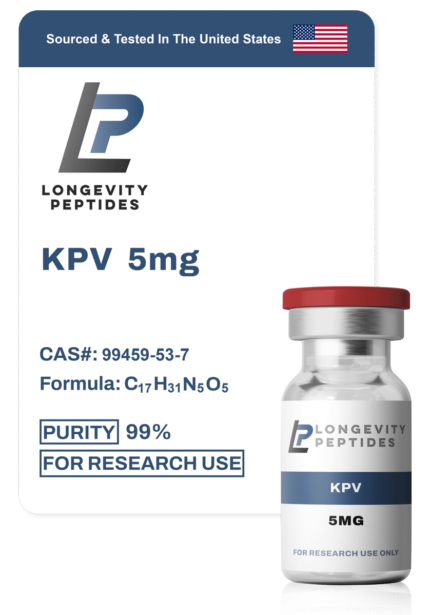BPC157 – 5mg
$30.00
BPC-157, short for Body Protective Compound 157, is a synthetic peptide derived from a protein found in human gastric juice. It consists of 15 amino acids and is a partial sequence of a larger, naturally occurring compound known as BPC. BPC-157 has gained attention for its remarkable regenerative, healing, and protective properties, particularly in the context of tissue repair and systemic health. It’s often dubbed a “healing peptide” due to its wide-ranging effects, supported by extensive animal research and growing anecdotal use in humans.
36 in stock
Description
Primary Uses of BPC-157
- Tissue Repair (Muscles, Tendons, Ligaments):
- BPC-157 accelerates the healing of muscle tears, tendon injuries, and ligament damage. It’s popular among athletes for recovering from sprains, strains, or overuse injuries.
- Studies in rats show it promotes tendon-to-bone healing (e.g., Achilles tendon repair) by enhancing collagen production and fibroblast activity.
- Gut Health:
- Known for its protective effects on the digestive system, BPC-157 repairs damage from ulcers, leaky gut, inflammatory bowel disease (IBD) (e.g., Crohn’s, ulcerative colitis), and even acid reflux.
- It counteracts damage from NSAIDs (like ibuprofen) and alcohol, restoring gut lining integrity.
- Wound Healing:
- Speeds up skin repair for cuts, burns, and surgical wounds by boosting angiogenesis (new blood vessel formation) and collagen deposition, often leading to less scarring.
- Anti-Inflammatory Effects:
- Reduces systemic and localized inflammation by modulating cytokines and pathways like VEGF and NOS, aiding conditions like arthritis or post-injury swelling.
- Neuroprotection:
- Protects and repairs nerve damage, with animal studies showing benefits in brain injury recovery (e.g., traumatic brain injury), stroke, and neurodegenerative conditions. It may enhance dopamine and serotonin signaling.
- Bone Healing:
- Promotes osteogenesis (bone formation), aiding fracture repair and potentially benefiting osteoporosis, as seen in rodent models.
- Cardiovascular Health:
- Supports blood vessel repair and protects against heart damage (e.g., after a heart attack), with research indicating it stabilizes endothelium and reduces arrhythmias.
Additional Potential Uses
- Pain Relief: May reduce pain perception by influencing opioid receptors and inflammation.
- Alcohol/Drug Damage: Counters toxicity from substances like alcohol or amphetamines in animal studies.
- Metabolic Health: Some evidence suggests it improves blood sugar regulation and protects organs like the liver and pancreas.
How It Works
- Angiogenesis: Stimulates VEGF to grow new blood vessels, delivering nutrients to damaged areas.
- Collagen and Tissue Growth: Upregulates growth factors like FGF (fibroblast growth factor) for tissue regeneration.
- Cell Survival: Protects cells from stress and apoptosis (cell death), enhancing resilience.
- Gut-Brain Axis: Influences neurotransmitter systems, linking gut healing to neurological benefits.
How It’s Used
- Administration:
- Subcutaneous Injection: Near the injury site (e.g., 200-400 µg/day) for localized healing.
- Intramuscular Injection: For deeper tissue repair.
- Oral: Capsules or sprays (e.g., 250-500 µg/day) for gut or systemic effects—stable enough to survive stomach acid.
Dosage: Typically 200-500 µg daily, split into 1-2 doses, for 4-6 weeks, followed by a break. Varies by goal (e.g., injury vs. gut health).
Product Usage: This item is designed exclusively for use as a research chemical in laboratory settings and in vitro experiments, to be handled only by licensed, trained professionals. It is not intended or approved for human or animal consumption. Any misuse, misbranding, or mislabeling as a drug, food, or cosmetic is strictly forbidden. All accompanying information is provided solely for educational purposes.
Related products
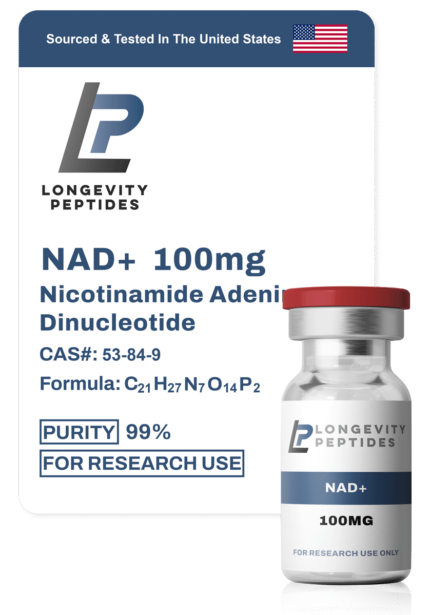
NAD+
$35.00 – $45.00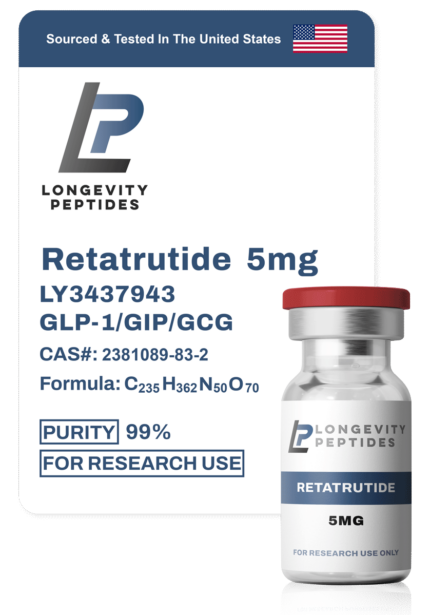
Retatrutide
$105.00 – $250.00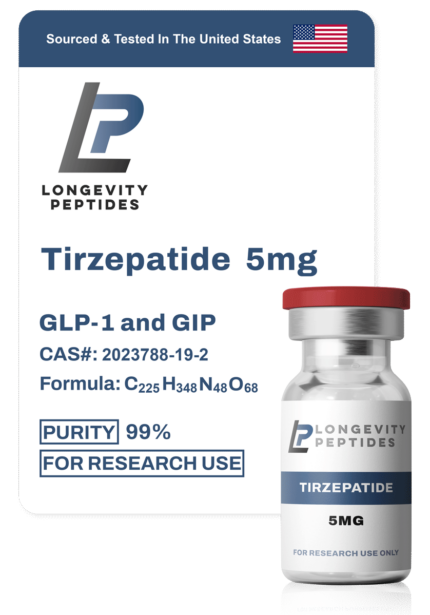
Tirzepatide
$105.00 – $250.00

